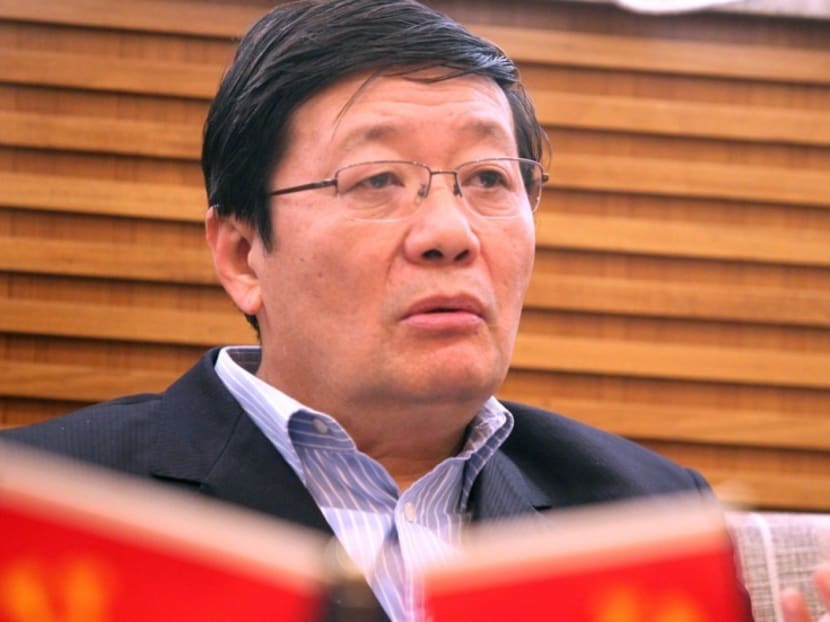China’s financial risk worse than in US before financial crisis, says former finance minister
BEIJING — The level of risk facing China’s financial system could be higher than was seen in the United States before the global crash, according to a former Chinese finance minister.

Mr Lou says China’s financial system had become “severely distorted” and that the “likelihood of China generating systematic financial risks is pretty big”. Photo: South China Morning Post.
BEIJING — The level of risk facing China’s financial system could be higher than was seen in the United States before the global crash, according to a former Chinese finance minister.
Speaking at a forum in Beijing over the weekend, Lou Jiwei, now chairman of the National Social Security Fund Council, also described the state of China’s financial sector as “messy”.
“Compared to the US financial market 10 years ago, [when] the risk and return on derivatives … were defined and the products were registered [with regulators] … China’s [financial market] is more messy,” he said.
“The real risks and returns can only be determined after looking into the underlying assets.”
A transcript of Mr Lou’s speech was published by Chinese business magazine Caixin, while his comments were also widely reported by other Chinese media, including Economic Information Daily.
The 68-year-old, who helped to shape China’s economic reforms that began in the 1980s and served as finance minister from 2013-16, has been an outspoken figure since leaving the main policymaking arena and is generally regarded as a reformist.
The country’s financial system had become “severely distorted”, he said, adding that the “likelihood of China generating systematic financial risks is pretty big”.
The distortion was exemplified by the high cost of financing in China despite the loose monetary environment, Mr Lou said.
“China’s ratio of M2 [a broad measure of money supply] to gross domestic product has surpassed 200 per cent, which is more than twice that of the United States, yet the average Shanghai interbank offered rate is 4.09 per cent, far higher than the 1.1 per cent in the US.”
According to official figures, the M2 money supply at the end of December was 167.68 trillion yuan (S$34.75 trillion), or 203 per cent of China’s nominal GDP in 2017.
Mr Lou said also that the slowdown in growth seen in recent years suggested that the effect of monetary expansion on the economy was weakening.
“Further stimulus will worsen monetisation and encourage financial speculation, but have only a limited effect in driving growth,” he said.
Meanwhile, the “dazzling” array of financing channels and organisations – from Ponzi schemes to peer-to-peer lending platforms, insurance products and capital pools – had resulted in a complex fundraising environment, Mr Lou said, adding that unique to China were the “many financial or quasi-financial institutions that try their best to bypass financial regulation”.
“The overlapping of derivatives results in much higher fundraising costs, worsens the operation of Chinese businesses and disguises the risks,” he added.
Mr Lou said also that the country’s regional debt burden would limit any room the government had for fiscal or monetary stimulus in the future.
“The local government debt risk has shown up after years of heavy infrastructure construction and it is inappropriate to increase debt in these areas,” he added. SOUTH CHINA MORNING POST






